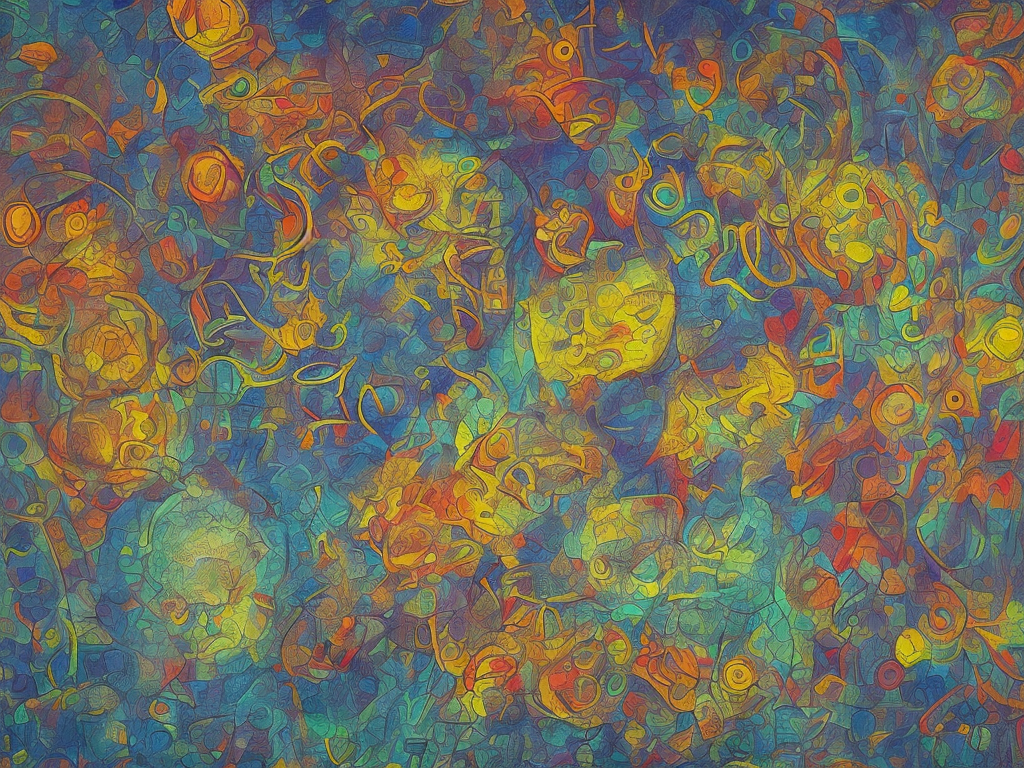
Many people use the terms "creativity" and "innovation" interchangeably, assuming that they refer to the same concept. However, there is a significant distinction between the two words. Creativity and innovation are both essential elements of progress and development, but they represent different stages in the process of bringing new ideas to life.
To understand the primary difference between creativity and innovation, we must first define each term individually. Creativity refers to the ability to come up with new and valuable ideas, concepts, or interpretations. It involves thinking outside the box, breaking traditional patterns, and finding unique solutions to problems. On the other hand, innovation refers to the process of implementing those creative ideas and bringing them into reality. It involves transforming creative concepts into tangible products, services, or processes that offer new value or improve existing ones.
In simpler terms, creativity is the generation of ideas, while innovation is the execution and application of those ideas. Creativity is about thinking differently, while innovation is about acting upon those different thoughts. To illustrate this difference, let us consider a hypothetical situation: a group of individuals brainstorming for a possible solution to reduce plastic waste. During this session, they come up with several creative ideas, such as creating biodegradable alternatives, ramping up recycling efforts, or promoting reusable materials. These ideas reflect their creativity.
However, until these ideas are transformed into practical applications, they remain solely creative ideas. The moment one of these ideas is selected, pursued, and implemented – let's say, establishing a startup that produces biodegradable packaging materials – innovation takes place. This distinction emphasizes that although creativity and innovation often go hand in hand, they are distinct and complementary processes.
Creativity is a fundamental aspect of the human mind. It is present in every individual to varying degrees. Some people naturally possess a higher level of creativity and can generate innovative ideas effortlessly, while others may need to cultivate and develop their creative thinking skills. Creativity can be fostered through various practices, such as brainstorming, divergent thinking techniques, exposing oneself to diverse experiences and perspectives, and embracing failure as an opportunity to learn and grow.
Moreover, creativity can be nurtured within various domains, including the arts, sciences, business, technology, and more. Creativity leads to ideation – the generation of ideas – which is the starting point for any innovative process. It is crucial to note that creativity is not limited to inventing never-before-seen concepts; it can also involve combining existing ideas in novel ways or reimagining established practices.
On the other hand, innovation is a more complex and resource-intensive process. It requires transforming creative ideas into valuable outcomes that benefit individuals, organizations, or society as a whole. Innovation involves bridging the gap between ideation and implementation, turning abstract concepts into concrete realities. This process demands different skills and resources, such as strategic planning, project management, financial investments, and technological expertise.
Innovation can occur in various forms. It can lead to the creation of new products, services, or processes that revolutionize industries – think of groundbreaking inventions like the iPhone, electric cars, or online streaming platforms. Innovation can also manifest through incremental improvements to existing products or processes, maximizing their efficiency or enhancing their features to better meet consumer needs.
While creativity relies heavily on imagination, innovation depends on execution. It is the intersection of vision and action, combining creativity with practicality. Without innovation, creative ideas remain limited to the realms of imagination and imagination alone does not drive progress.
In conclusion, the primary difference between creativity and innovation lies in their respective roles within the creative process. Creativity represents the generation of new and valuable ideas, concepts, or interpretations, while innovation involves the implementation and transformation of those ideas into real-world outcomes. Creativity is the spark that ignites the flame of innovation. It is the wellspring from which innovative solutions emerge. Both creativity and innovation are essential for societal progress and economic growth, and understanding their distinction can lead to a more effective utilization of these critical elements in various domains. So, let us embrace creativity to fuel our imagination, and let us harness innovation to bring our creative ideas to life.
 Self-Instruct
Self-Instruct